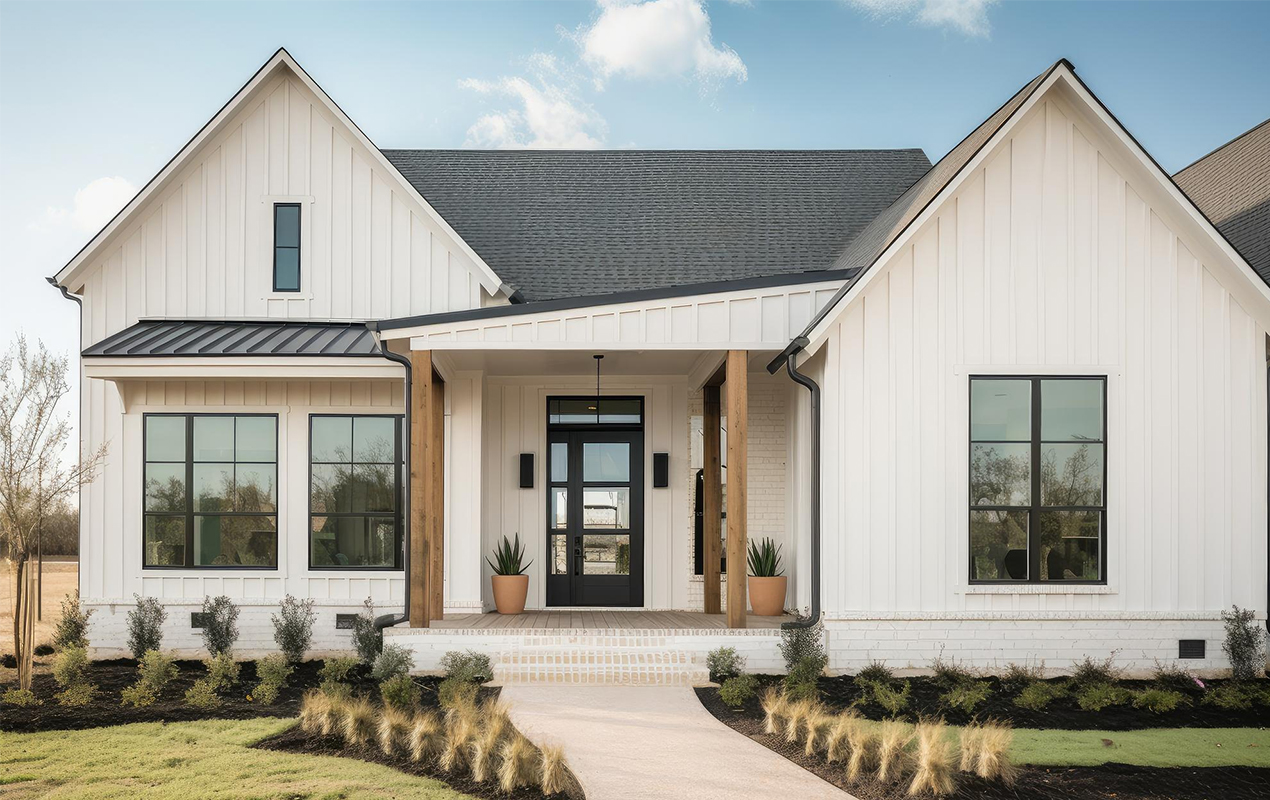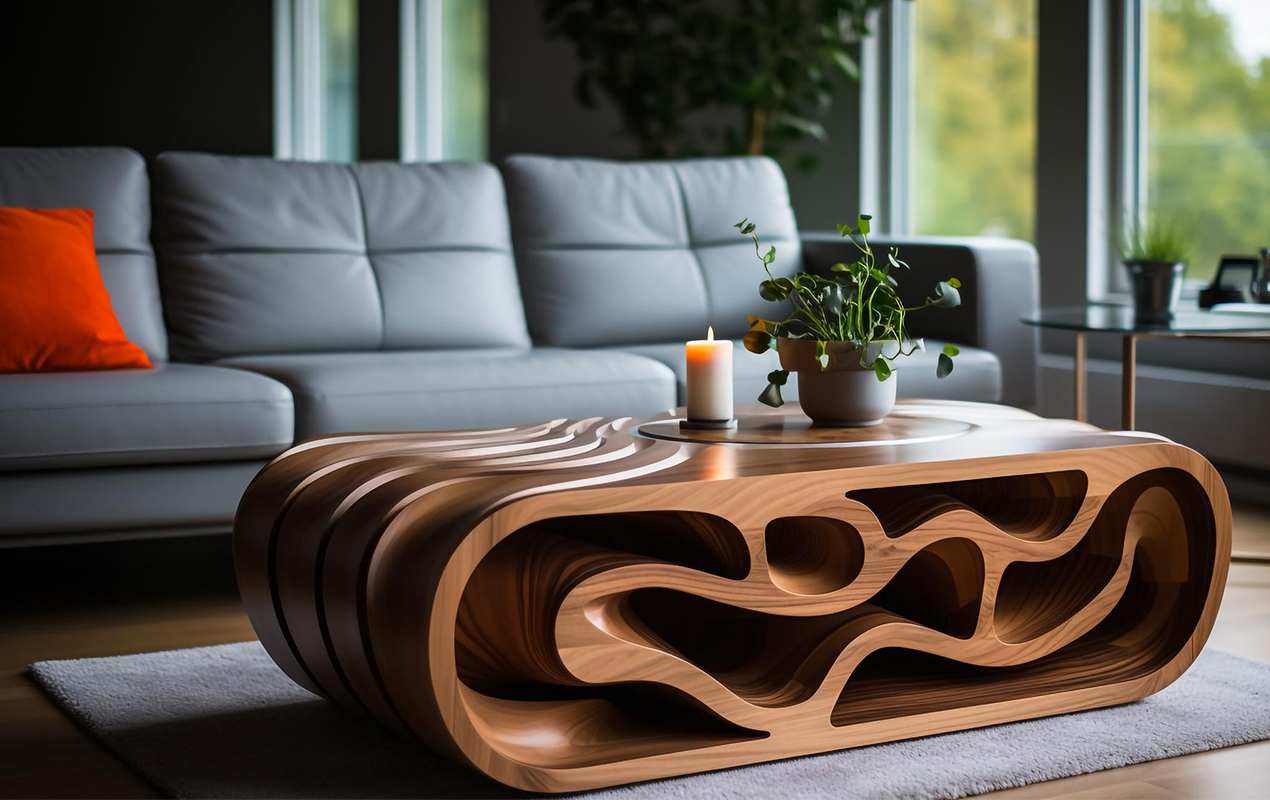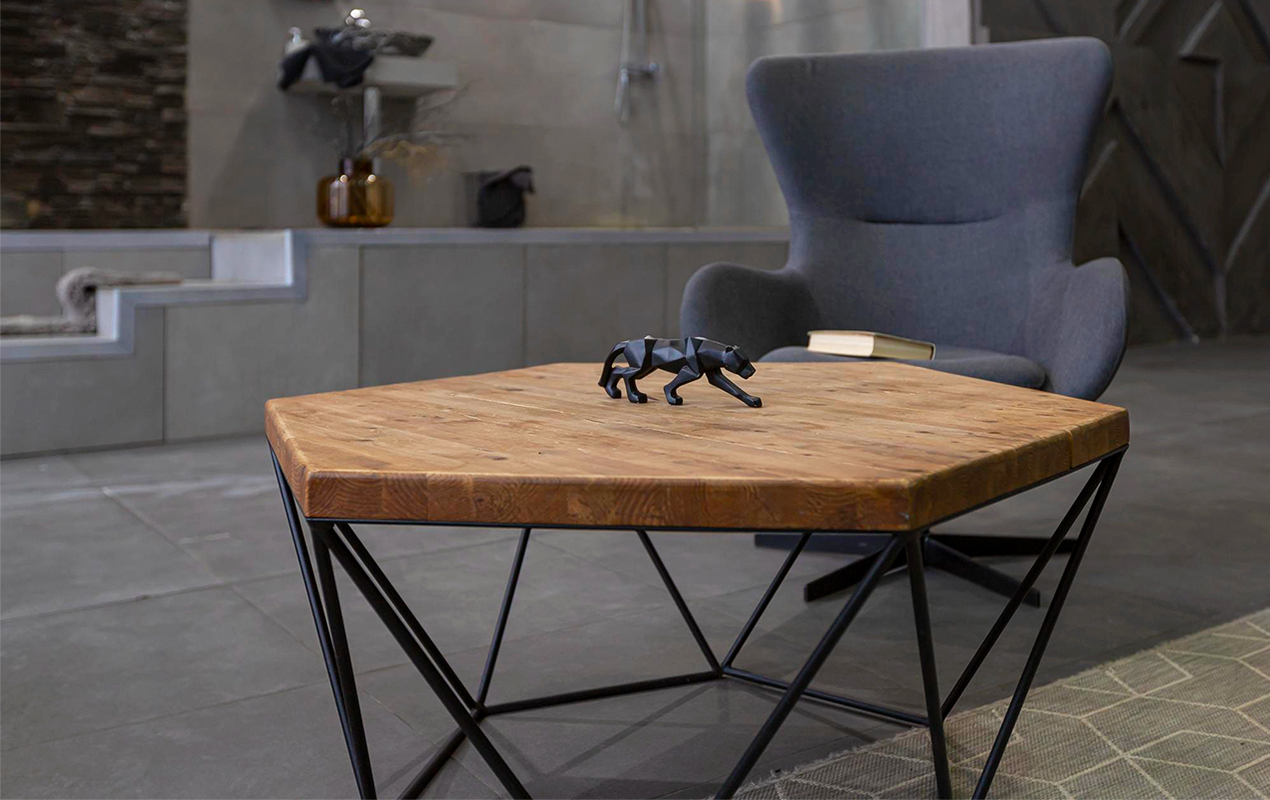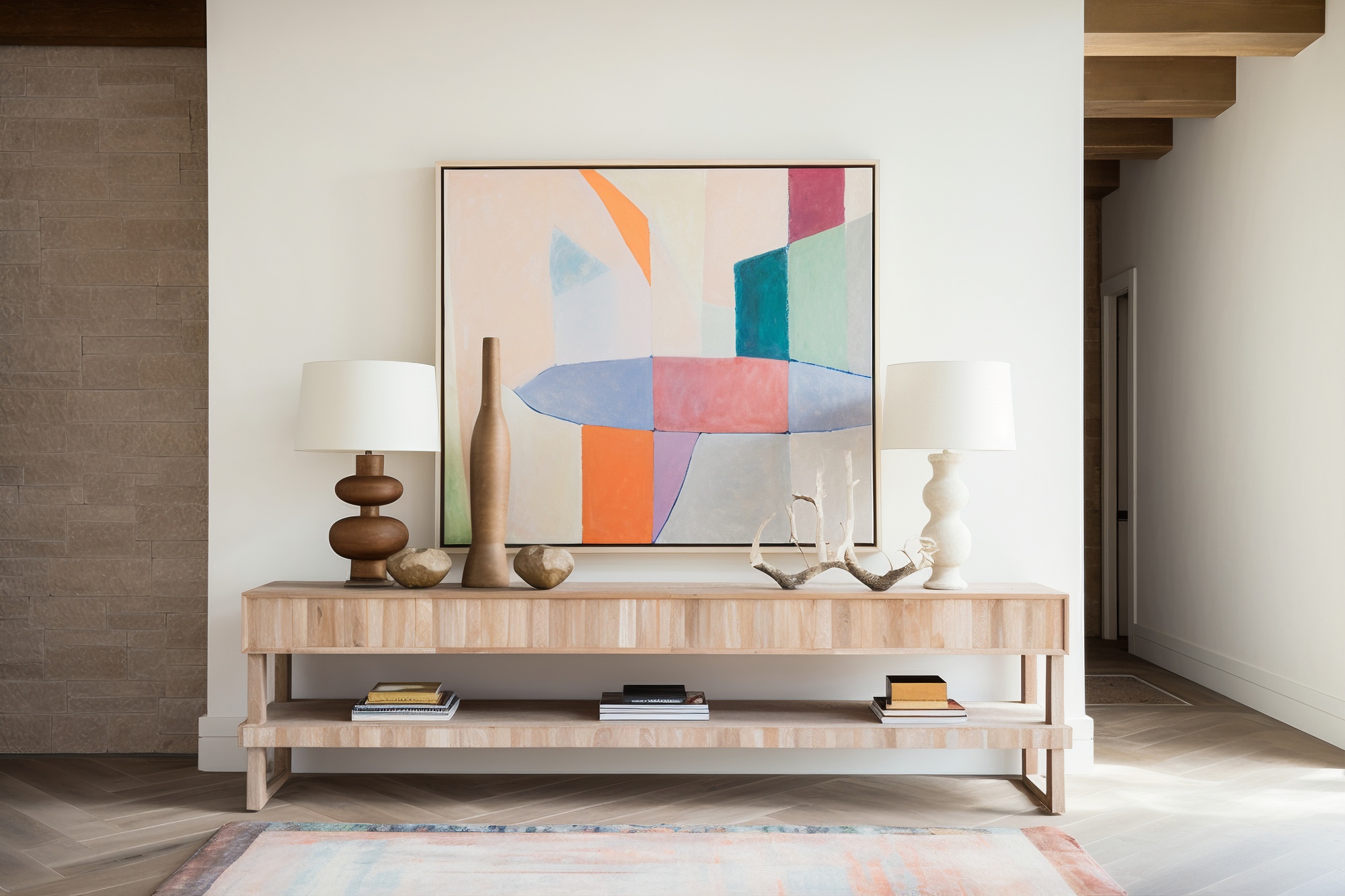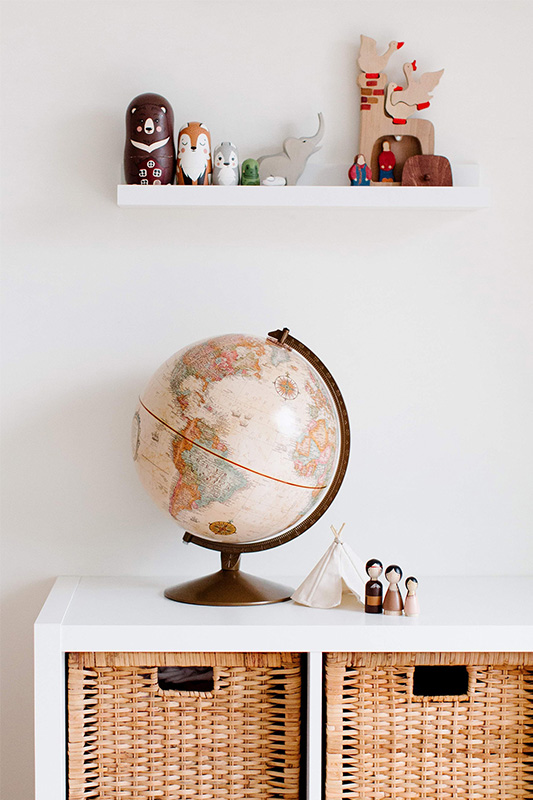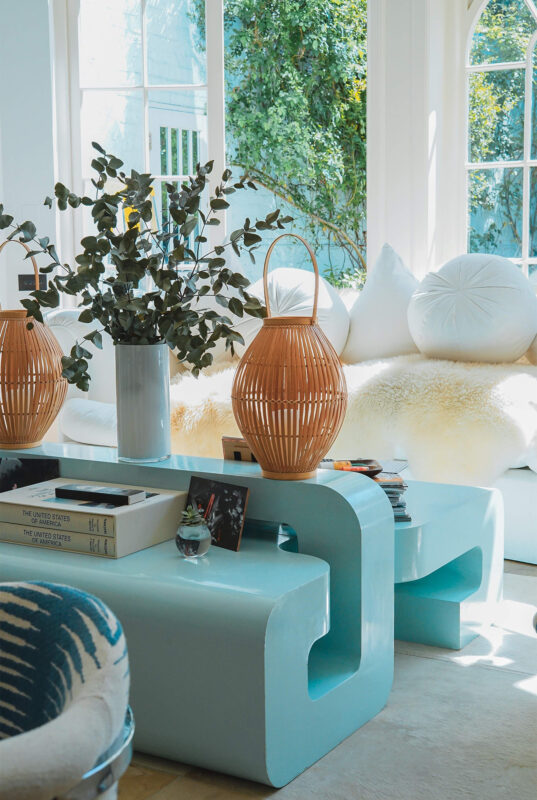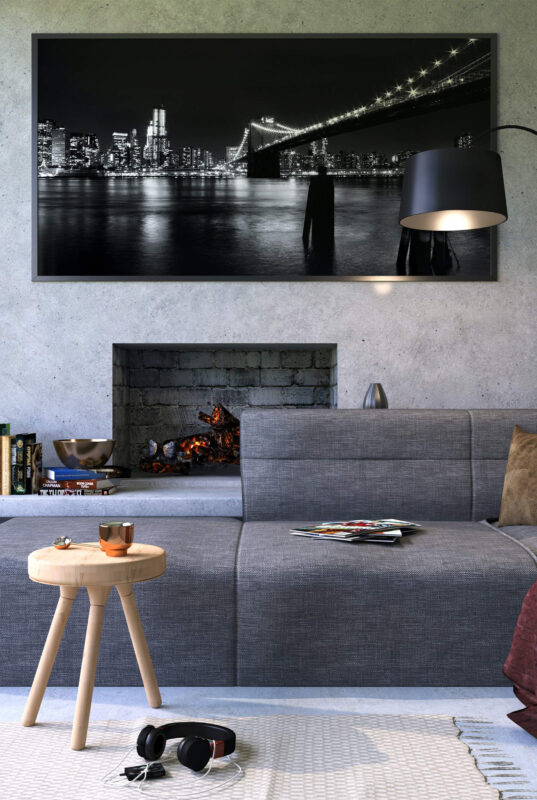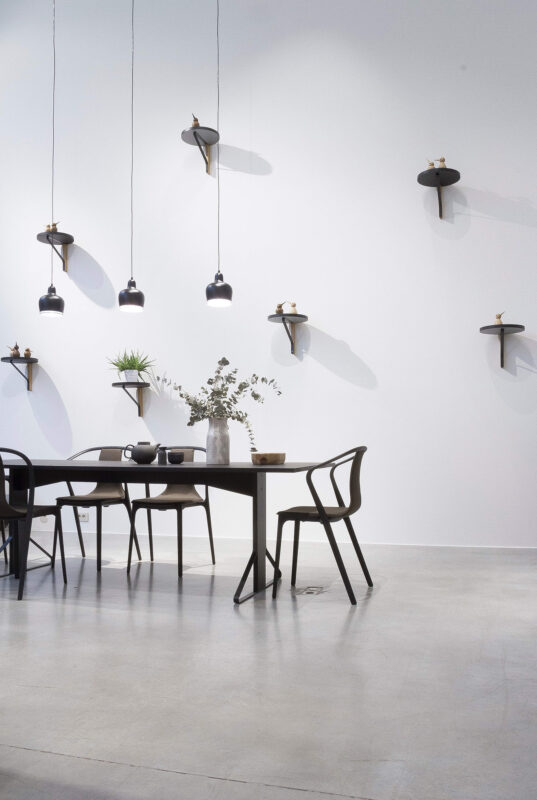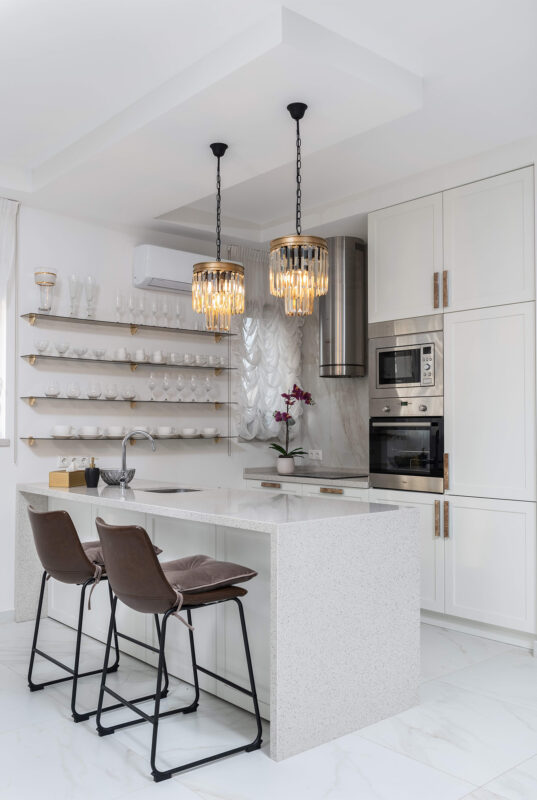Blog
How to Build a Home Theater: Simple Steps for an Amazing Movie Experience
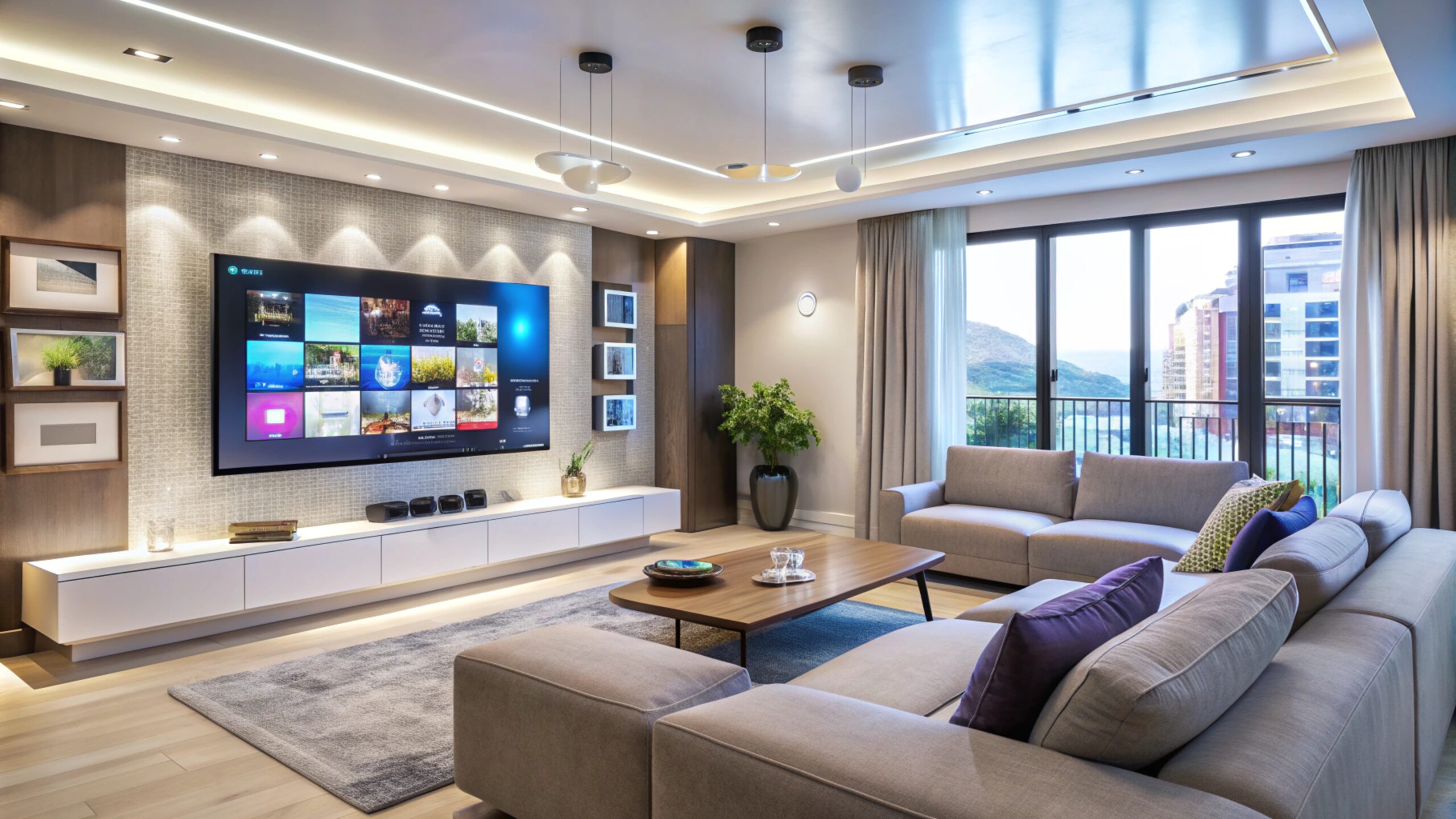
Planning Your Home Theater
Creating a home theater starts with a bit of planning. You’ll want to figure out which room makes sense, what you’re willing to spend, and how you want everything arranged.
Choosing the Right Room
First, pick the room that’ll work best for your theater. Quiet is good, and less outside light is even better. Basements or a spare media room? Yeah, those are usually solid choices.
Consider these factors:
- Size: Go big if you can—more space means a larger screen and comfier seating.
- Shape: Rectangular rooms just work better for sound and screen setup than square ones.
- Acoustics: Carpet or curtains help a lot with sound. Hard floors? Not so much.
Setting a Budget
It’s easy to get carried away, so set a budget early. That’ll help you avoid sticker shock later.
Here are some tips:
- Define your priorities: Decide what matters most—screen, sound, or seating?
- Break down costs: Split your budget into:
- Equipment: TV/projector, speakers, AV receiver.
- Seating: Chairs, recliners, whatever’s comfy.
- Decor: Lighting, soundproofing, maybe a theme if you’re feeling fancy.
Room Layout Considerations
Once you’ve got your room and budget in mind, it’s time to sketch out the layout. You want the space to be comfortable and make sense for watching movies.
Here are key points to consider:
- Screen Height: Keep the screen at eye level when you’re sitting down.
- Seating Arrangement: Try to give everyone a good view—tiered rows are nice if you have space.
- Distance from Screen: Sit about 1.5 to 2.5 times the diagonal screen size away. Feels about right.
Selecting Audio and Visual Equipment
Picking the right gear is where things get fun (and maybe a little overwhelming). The projector or TV, speaker system, and AV receiver all play a huge role in how everything comes together.
Choosing a Projector or TV
Projector or TV? That’s the big question for your display. Here’s what to keep in mind:
- Screen Size: Measure your space. Big room? Projector. Smaller room? TV probably makes more sense.
- Resolution: Go for at least 4K if you can. It really does look better, especially for movies and games.
- Brightness: For projectors, look at lumens—2,000+ is good for brighter rooms. For TVs, check contrast ratios.
- Viewing Distance: Don’t sit too close or too far—about 1.5 times the screen size is a safe bet.
Speaker System Options
Audio can make or break your setup. Here are some options:
- 2.1 Systems: Two speakers and a subwoofer. Simple, works well for smaller rooms.
- 5.1 Surround Sound: Five speakers, one subwoofer. This is the classic home theater setup for a reason.
- 7.1 Surround Sound: Adds two more speakers for even more immersion, if you’ve got the space for it.
- Soundbars: If you’re tight on space or just want something easy, soundbars have come a long way.
AV Receiver Selection
The AV receiver is your control hub. Here’s what to look for:
- Channels: 5.1 or 7.1, depending on your speaker setup.
- Power Rating: More wattage usually means better, clearer sound, especially if you like things loud.
- Inputs: Make sure you’ve got enough HDMI ports for all your devices. Swapping cables is a pain.
- Advanced Features: Wireless streaming, surround sound processing—these extras can be nice if you’re into them.
Acoustic and Soundproofing Techniques
Good acoustics and soundproofing can take your home theater from decent to awesome. It’s not just about volume—it’s about clarity and comfort.
Room Acoustics Optimization
To get better sound, you need to manage reflections and echoes. Acoustic panels on the walls help a lot.
- Use soft materials: Curtains, carpets, even a big couch can help absorb sound.
- Consider bass traps: These help with low-frequency noise that can muddy up your audio.
Seat placement matters too. Try not to push chairs right up against the walls, and aim for balanced sound all around.
Soundproofing Strategies
Want to keep the noise in (or out)? Start by sealing up gaps around doors and windows with weather stripping or caulk.
Recommended materials include:
- Mass Loaded Vinyl (MLV): Blocks a surprising amount of sound.
- Acoustic doors: Not cheap, but they work if you’re serious about soundproofing.
Adding extra drywall or soundproof mats can help too. For floors, thick carpets or underlays make a noticeable difference.
Lighting and Ambient Control
Lighting can make or break the vibe. You want it dark enough for movies, but not so dark you’re tripping over your popcorn. Getting the atmosphere right is half the fun.
Lighting Types for Home Theaters
Here are some lighting ideas to consider:
- Recessed Lighting: Clean and out of the way. Good for general light.
- Wall Sconces: Adds a bit of style and gives you indirect light. Nice touch, honestly.
- LED Strip Lights: Run these along the ceiling or behind the screen for cool backlighting. Plus, they help with eye strain.
- Dimmable Lights: Being able to turn the brightness up or down is a must. Mood lighting, anyone?
Controlling Natural Light
Sunlight can ruin a good movie. Here’s what you can do:
- Use Blackout Curtains: They keep the room dark and are pretty easy to find.
- Install Shades: Room-darkening shades are good if you don’t want total darkness all the time.
- Choose the Right Room: If you can, go for a naturally dark space like a basement. Less hassle.
- Position Your Furniture Wisely: Keep seats and screens away from windows to cut down on glare and distractions.
Seating and Comfort
Seating is where you’ll spend hours, so don’t skimp here. The right chairs can make movie nights way more enjoyable.
Choosing Theater Seating
Comfort is king. Look for seats with decent cushioning and back support. Recliners, sofas, or even theater-style chairs can all work, depending on your space.
Some options to think about:
- Recliners: Perfect for lounging, usually come with cup holders.
- Sectionals: Great if you want to stretch out or seat a crowd.
- Row Seating: Classic look, works well if you’re going for that real theater vibe.
Measure your room before buying anything. Overcrowded theaters are no fun.
Seating Arrangement Tips
How you arrange your seats matters. Here are a few quick tips:
- Distance from the Screen: Stick to 1.5–2.5 times the screen size away for the best view.
- Angle: Point the seats right at the screen, or just a little off-center if you need to.
- Elevated Seating: Tiered seating is awesome if you can swing it—nobody wants a blocked view.
Leave enough space for people to move around and grab snacks. Every seat should have a clear view of the screen—no exceptions.
Wiring and Installation
Wiring isn’t glamorous, but it’s super important. Good wiring means reliable sound and picture, and less hassle down the road.
Speaker and Audio Wiring
Use the right wire gauge for your speakers. For side and rear speakers, 16-4 gauge works. Main speakers? Go for 12 or 14-gauge—it’s worth it. Connect the wires properly: red to red, black to black. Keeping things tidy with zip ties or cable clips saves headaches later.
If you’re running wires behind walls, nail plates over the cables can help protect them. A little extra effort now can save a lot of trouble if you ever need to drill or hammer nearby.
Component Placement
Component placement affects both function and comfort. Make sure your room has enough outlets and space for everything. Keep your TV or projector at eye level. Speakers should be at ear height and angled toward where you’ll be sitting.
Leave room around your gear for airflow so nothing overheats. Check cable lengths before you start—too much slack or too much tension is just asking for trouble.
Personalization and Finishing Touches
Adding your own flair makes the space feel like yours. Posters, themed decor, or just a few quirky touches can really set the mood. It’s your theater—make it fun!
Decor and Theme Ideas
Picking a theme really sets the mood for your home theater. Maybe you’re drawn to that classic cinema vibe—think red and gold everywhere. Or maybe something a bit more modern?
- Color Scheme: Dark shades like navy or charcoal gray work well, since they don’t bounce much light around.
- Posters: Hang up framed posters of your favorite films. It’s a simple way to make the space feel like yours.
- Seating: Recliners or lounge chairs that fit your theme are worth considering. Comfort matters, but so does style.
- Lighting: Dimmable lights are a game changer. You can get that cozy, movie-night atmosphere in seconds.
Little touches go a long way. Maybe toss in some movie memorabilia, a couple of plants, or even quirky coasters that fit your theme. Why not show a bit of personality?
Home Theater Accessories
Accessories make your home theater more functional and, honestly, a lot more fun. Here are some essential items you might want to think about:
- Sound Equipment: Invest in quality speakers for better sound quality. Surround sound systems can really make movies pop.
- Projectors or TVs: Pick between a high-definition TV or a projector. It kind of depends on your space and what you like best.
- Remote Controls: A universal remote is a lifesaver when you’re juggling devices.
Snack Bar: Set up a small spot for popcorn and drinks. Why not bring a little bit of the theater vibe home?
Discover timeless décor tips and ideas at DeCasa Collections.

